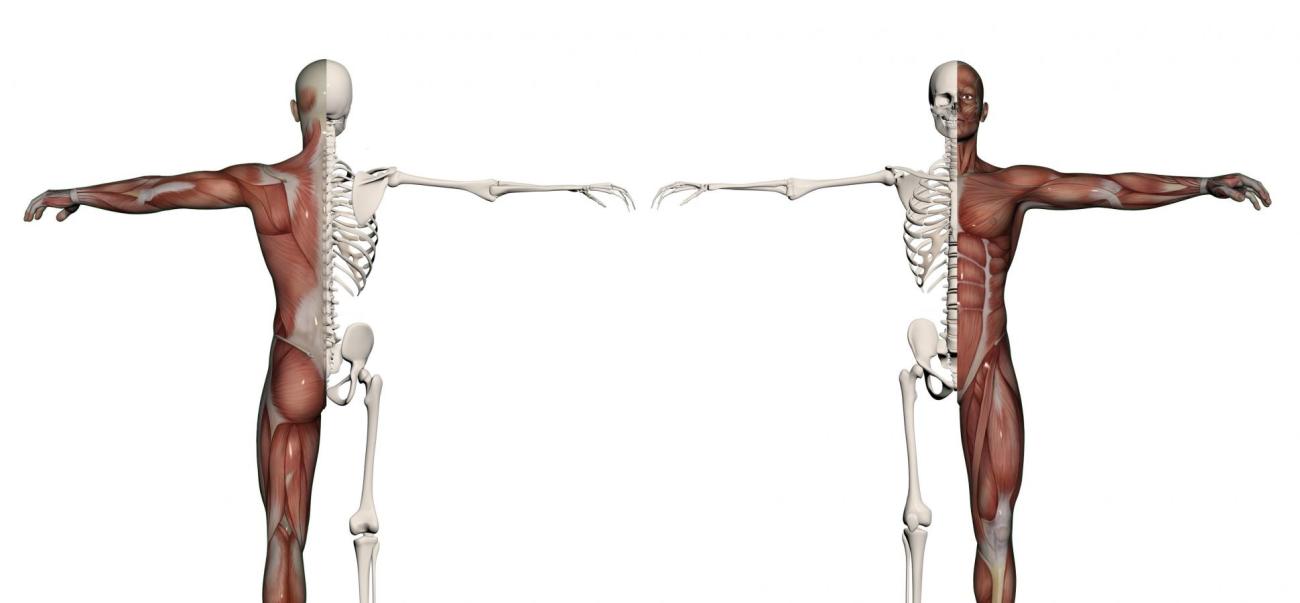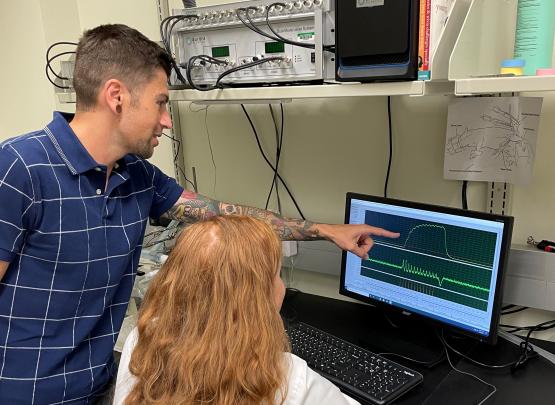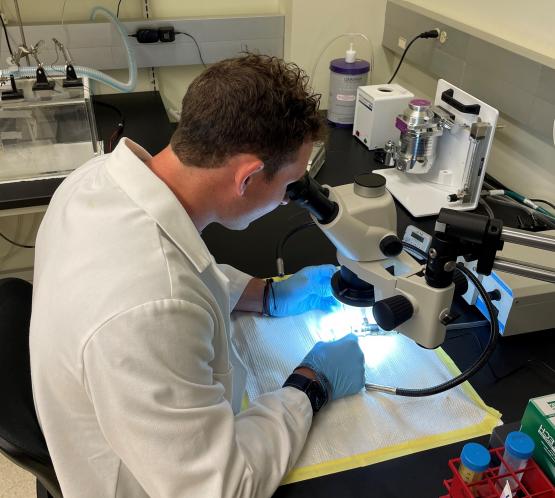Skeletal Muscle Function and Physiology Laboratory
The overall goal of Baumann laboratory research is to identify sites and mechanisms that increase the stress buffering capacity of the neuromuscular system, which ultimately can be targeted to improve function and health span in aging, frail and myopathic populations.
The Baumann Laboratory largely focuses on elucidating the neuromuscular mechanisms of skeletal muscle weakness caused by aging and muscle myopathies. Specifically, using mice that mimic or replicate frailty, muscular dystrophies, or alcoholic myopathy. Central to this work is to determine why skeletal muscle from these specific populations may be less stress resistant, resilient, and adaptable. And, how loss of these stress responses ultimately impacts muscle function. Overall, the Baumann Laboratory seeks to improve functionality and health span in frail and myopathic skeletal muscle through diagnosis, treatment, and prevention efforts.
To accomplish this work, the Baumann Laboratory uses various physiological techniques and equipment to assess muscular function in mice that includes a rotarod, treadmill, running wheels, grip strength meter, and ex vivo and in vivo muscle contractility testing. In parallel to these functional measures, the Baumann laboratory measures stress responsivity in models and conditions of muscular dystrophy, disuse atrophy, aging, hormone regulation, fatigue, and various injuries (e.g., eccentric contraction-, BaCl2-, cardiotoxin-induced).
Join the Skeletal Muscle Function and Physiology Laboratory
Interested in joining the laboratory? We are always seeking highly talented, extremely motivated, and serious scientists to join on team. For doctoral and post-doctoral trainees, the expectation is a demonstrated track record of success and prior formal training in biology, physiology (including exercise physiology), neuroscience, biomedical engineering, or related fields.
We have similar expectations for undergraduate students, and undergraduate students are expected to be available for at least 10 hours/week for a minimum of one full year. For more information, contact Professor Baumann at baumann@ohio.edu.


